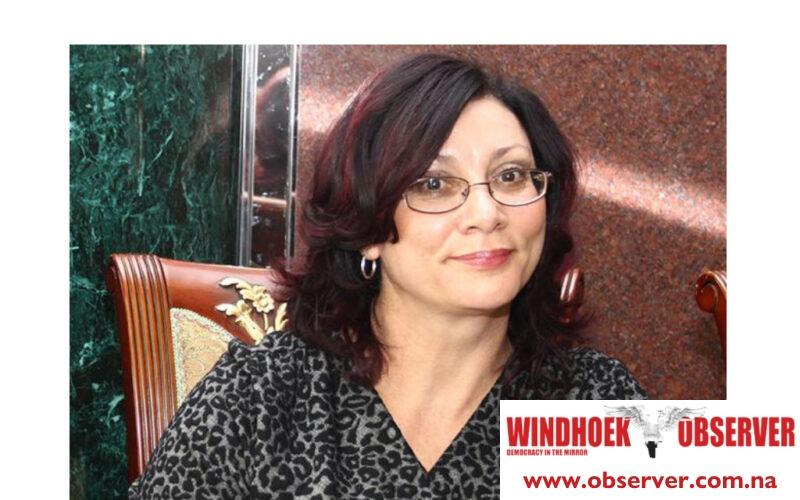Erasmus Shalihaxwe
Plans to construct vision schools, including the Ohangwena Vision School near Epembe village, have been abandoned due to high costs.
Vision schools, introduced in 2013 during the inauguration of the Rukonga Vision School at Divundu, were designed to provide free education and full support to learners from disadvantaged backgrounds.
At the time, former President Hifikepunye Pohamba had announced plans to establish six such schools across the country to address access, quality, and equity in education.
Vision schools were to provide free education with the government covering all costs, including school uniforms, school fees, hostel fees, examination fees, toiletries, bedding, and all required learning materials.
However, more than 11 years later, no vision school was constructed elsewhere in the country.
This is as the country continues to face a battle with placement for Grade 8 because of a lack of school classrooms in various regions.
On Tuesday, the executive director of the Ministry of Education, Arts, and Culture, Sanet Steenkamp, explained that the high costs required to build and maintain such schools led to a change in plans.
‘’Due to the cost that comes with Vision School, it was decided to halt such projects, but it was rather decided to just construct modern standard secondary schools,’’ said Steenkamp.
She confirmed that plans to build a school in Epembe are still in progress.
Most of the planning phase has been completed, and construction is likely to start in the next financial year.
‘’Yes, we are in the process of continuing with the normal, modern secondary school at Epembe, of which the drawings are with the Ministry of Works and Transport for approval and are likely to be finalised, and the construction will start within the next financial year of 2025/26,’’ said Steenkamp.
She added that the ministry hopes each region will eventually have an excellent school, chosen by regional leadership and supported by the ministry based on available resources.
‘’In terms of equity, the funds we send to the regions for infrastructure development are not sufficient; they are supposed to cater to basic education needs like the construction of classrooms, ablution facilities and others, but they are not enough. The ones that are above the threshold are handled by the Central Procurement Board,’’ she said.




